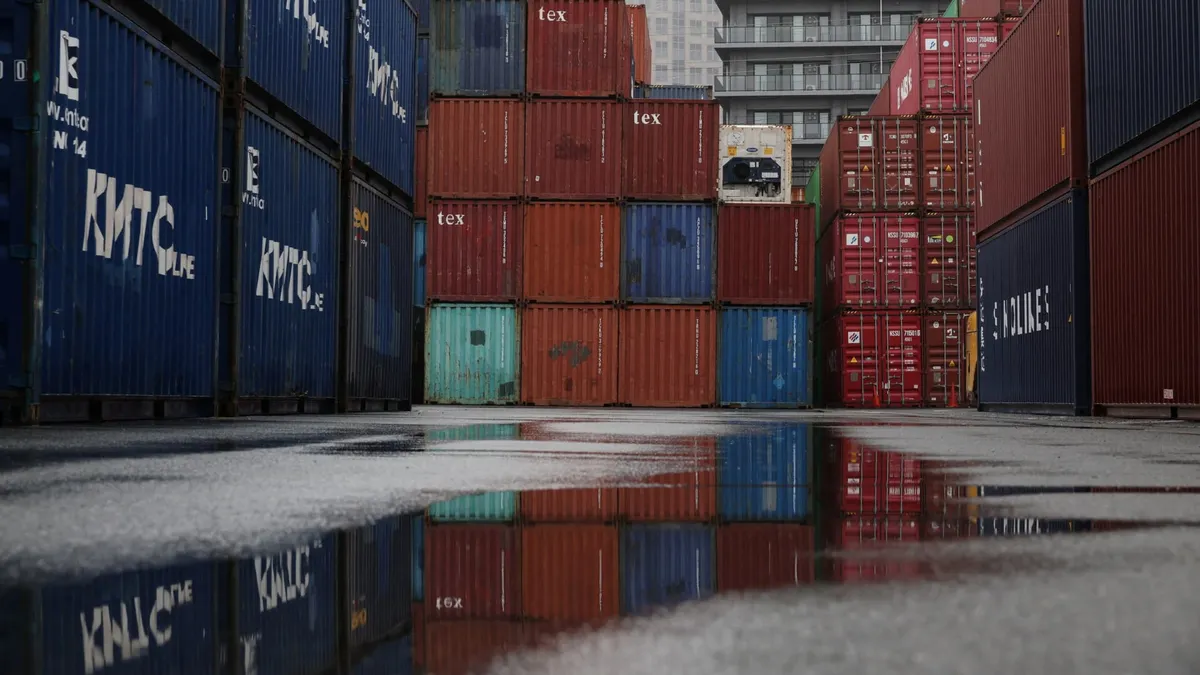
On Saturday, U.S. customs agents began implementing President Donald Trump's unilateral 10% tariff on a wide range of imports from numerous countries. This significant trade action marks a pivotal moment in U.S. trade policy, particularly as it relates to the nation’s relationships with its largest trading partners. Starting next week, higher tariffs on goods from 57 major trading nations are set to take effect, further intensifying the impact of these measures.
The initial 10% baseline tariff officially came into force at 12:01 a.m. ET (0401 GMT) at U.S. seaports, airports, and customs warehouses. This move represents Trump's decisive break from the post-World War Two system of mutually agreed tariff rates, emphasizing his administration's approach to international trade.
Trade lawyer Kelly Ann Shaw, who previously served as a trade adviser in the Trump administration, commented on the magnitude of this action, stating, “This is the single biggest trade action of our lifetime.” During a recent event at the Brookings Institution, she noted that while she anticipates that these tariffs will evolve as negotiations progress, the initial impact is profound: “This is a pretty seismic and significant shift in the way that we trade with every country on earth.”
Trump's announcement regarding the new tariffs sent shockwaves through global stock markets, resulting in a historic loss of $5 trillion in market value for S&P 500 companies within just two days. This decline represents the largest recorded drop in stock market value in such a short period. Following the announcement, prices for oil and various commodities fell sharply, prompting investors to seek safety in government bonds amid the uncertainty.
The first countries to feel the impact of the 10% tariff include Australia, Britain, Colombia, Argentina, Egypt, and Saudi Arabia. A recent bulletin from U.S. Customs and Border Protection (CBP) to shippers indicated that there would be no grace period for cargoes already on the water as of the midnight cutoff. However, the bulletin also outlined a 51-day grace period for cargoes that were loaded onto vessels or planes prior to the tariff implementation, provided they arrive by 12:01 a.m. ET on May 27.
At the same hour on Wednesday, Trump's higher reciprocal tariff rates will come into effect, ranging from 11% to 50%. Notably, imports from the European Union will be subject to a substantial 20% tariff, while goods from China will face a staggering 34% tariff. With this latest round of tariffs, Trump's total levies on Chinese imports will rise to 54%. Additionally, Vietnam, which has benefited from the shift in U.S. supply chains away from China, will see a 46% tariff applied and has agreed to discuss potential trade deals with the Trump administration.
Notably, Canada and Mexico are exempt from these latest duties, as they are still subject to a 25% tariff related to the U.S. fentanyl crisis for non-compliant goods under the U.S.-Mexico-Canada Agreement (USMCA). Furthermore, the Trump administration is excluding certain goods from these tariffs, particularly those subject to separate 25% national security tariffs on steel, aluminum, automobiles, and auto parts. A comprehensive list of over 1,000 product categories exempted from the tariffs has also been released, which includes essential imports valued at $645 billion in 2024. This list features crude oil, petroleum products, pharmaceuticals, uranium, titanium, lumber, semiconductors, and copper.
As the Trump administration continues to scrutinize several sectors for potential national security tariffs, the evolving landscape of U.S. trade policy remains a focal point for businesses and investors alike.